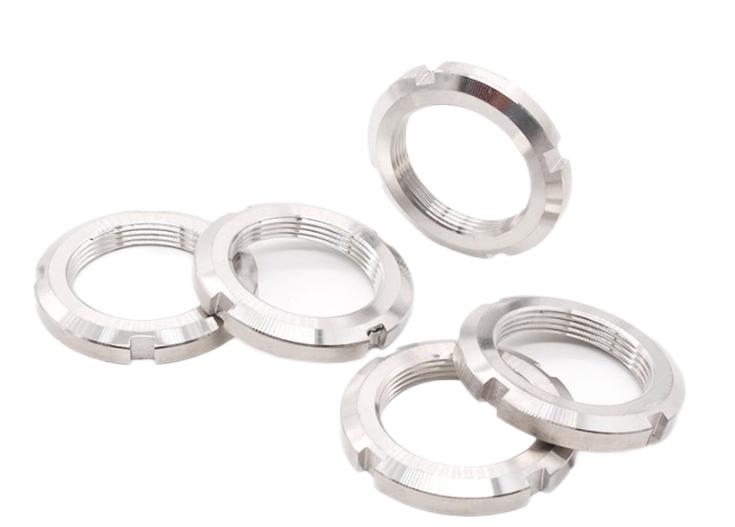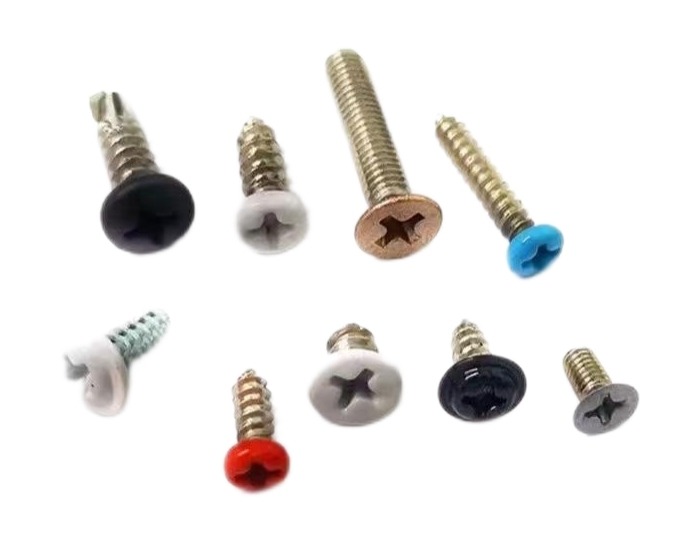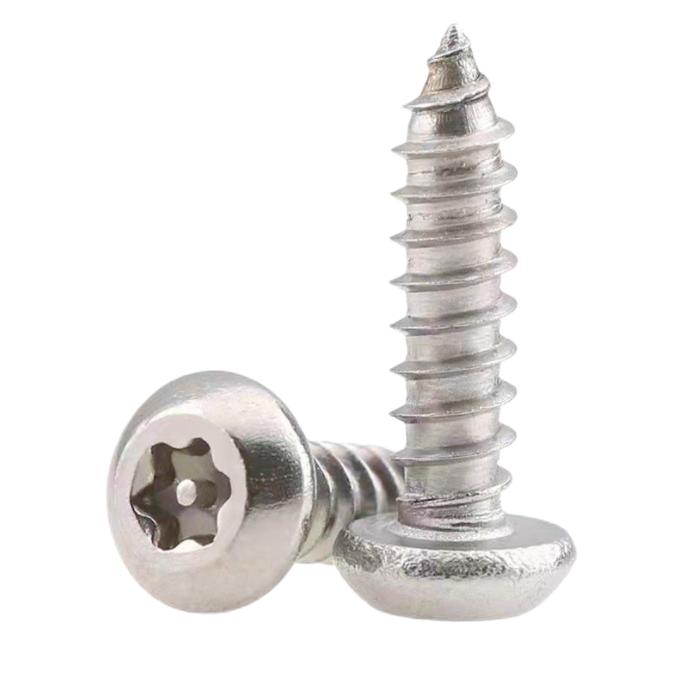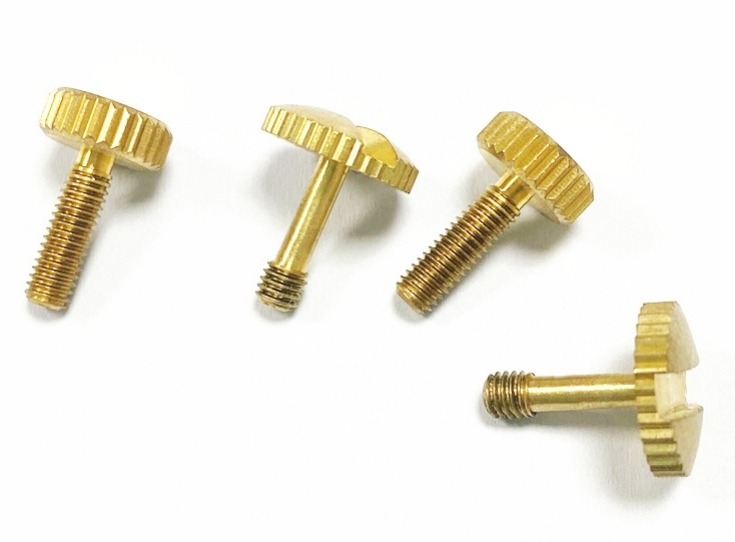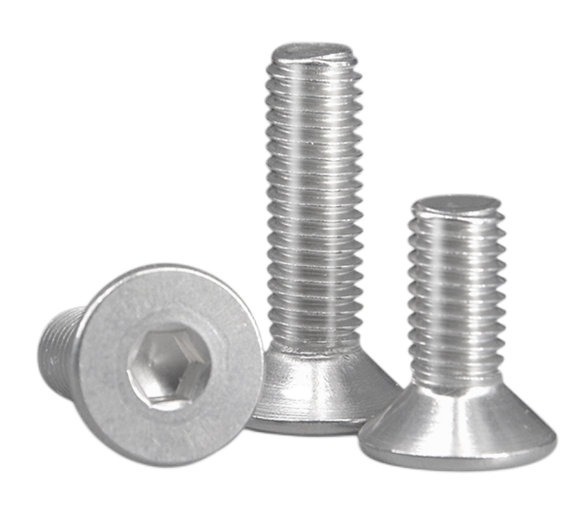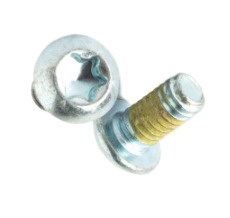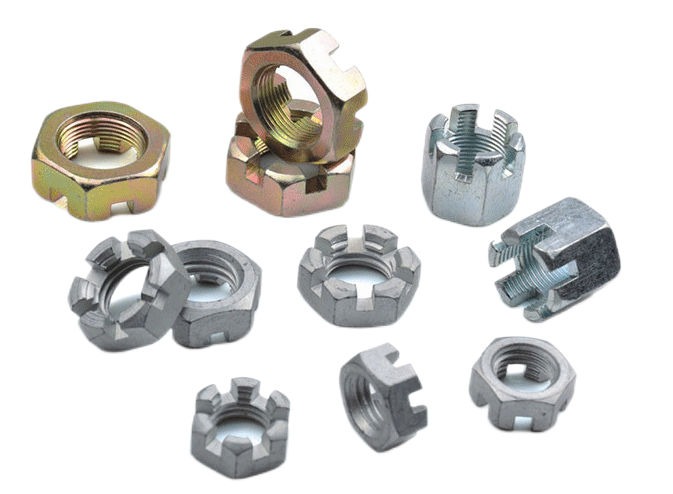What Are the Decarburization Test and Carburization Test?
This article will introduce the method, application, and experimental process of the decarburization test and carburization test.
What is a Decarburization Test?
This test is capable of determining surface decarburization and depth of decarburization on quenched and tempered fasteners.
NOTE: Decarburization beyond the specified level, caused by the heat treatment process, will reduce thread strength and possibly cause it to fail.
The state of surface carbon content shall be determined by one of the following two methods:
Metallographic method: can measure the depth (G) of the fully decarburized layer of the thread and the height (E) of the non-decarburized layer of the thread;
Hardness method: The height (E) of the non-decarburized layer of the thread can be measured, and incomplete decarburization can be measured by the micro-hardness method.
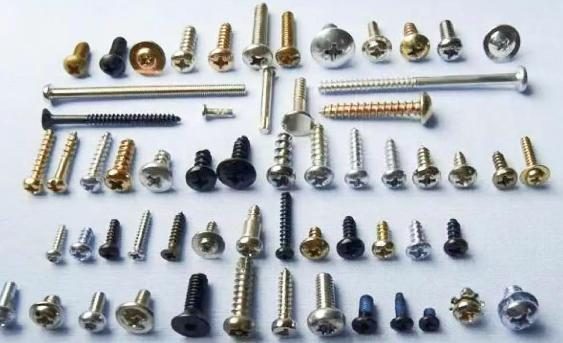
What is the Metallographic Method?
1. Scope of application
This method applies to fasteners that meet the following requirements:
- All specifications
- Grade 8.8 – 12.9/12.9
2. Preparation of test piece
- The test piece shall be obtained from the fastener after all heat treatment procedures have been completed and the plating or other coating shall be removed.
- At about one nominal diameter from the end of the thread, take a longitudinal section of the test piece along the axis of the thread.
- The test piece should be embedded in a plastic or mounted in a fixture. After installation, the surface is ground and polished until it is ready for metallographic examination.
Note: Generally, immersion in 3% nitric acid and ethanol etching solution (a mixture of concentrated nitric acid and ethanol) can show changes in the metallographic structure due to decarburization.
3. Test procedure
(1) Place the test piece under the microscope, unless otherwise agreed, it should be inspected at 100 times magnification.
(2) If the microscope has a ground glass screen, the degree of decarburization can be directly measured with the aid of a scale. If measuring with an eyepiece, a microscope with a crosshair scale should be used.
What is the Hardness Method?
Divided into the microhardness method and the Rockwell hardness method.
1. Micro hardness method
The microhardness method is only applicable to threads with a pitch P greater than 1.25mm.
2. Rockwell hardness method
When measuring with a Rockwell hardness tester, it is measured directly on the surface of the sample, and the Rockwell hardness method is only used to determine whether the product is qualified.
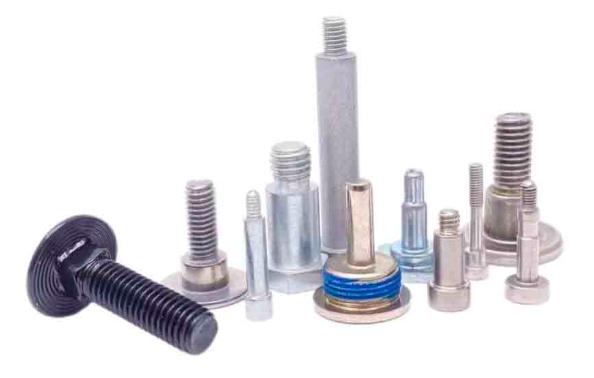
What is the Carburization Test?
This test is suitable for determining whether the surface of quenched and tempered fasteners has formed carburization during the heat treatment process. For the evaluation of the carburization state of the surface layer, the difference between the hardness of the base metal and the surface hardness is the decisive indicator.
Note: Carburization is detrimental because increased surface hardness can cause brittle fracture or reduce fatigue resistance. It should be carefully distinguished whether the increase in hardness is due to carburization or heat treatment or surface hardening, such as thread rolling after heat treatment.
Carburization test can be carried out by one of the following methods:
- Determination of hardness on longitudinal section
- Determination of hardness on the surface
What is the Determination of Hardness in a Longitudinal Section?
1. Scope of application
This method applies to fasteners that meet the following requirements:
- Pitch P>1.25mm
- Grade 8.8 – 12.9/12.9
What is the Determination of Hardness on a Surface?
1. Scope of application
This method applies to fasteners that meet the following requirements:
- All specifications,
- Grade 8.8 – 12.9/12.9
2. Preparation of Specimen
- Prepare an appropriate plane by grinding or polishing at the head or end of the fastener to ensure the reproduction and maintenance of the original characteristics of the material surface.
- Take a cross-section at one nominal diameter from the end of the thread and prepare it appropriately.
3. Test procedure
Surface hardness shall be measured on the prepared surface
The hardness of the base metal shall be determined in cross-section.
The test force used in the determination of the above hardness is: 2.942N (Vickers hardness test HV0.3).
4. Technical requirements
The surface hardness value shall be equal to or less than the base metal hardness value plus 30 Vickers units.
More than 30 Vickers units, indicating carbonization. For grades 10.9 or 12.9/12.9, the maximum surface hardness should not be greater than 390HV or 435HV.
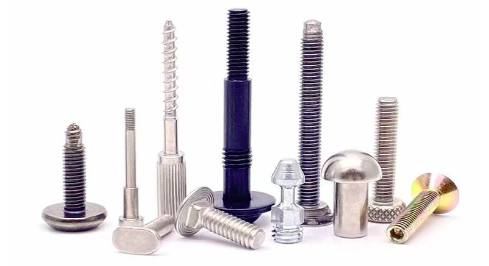
KENENG can produce a variety of fasteners and provide customized fastener manufacturing services. If you want to know more, please contact us.

